Uw winkelwagen
Uw winkelwagen is leeg
Bedrijfsnieuws
Onze kruiden
Onze suikers
Onze kroonkurken
-
 CC29mm TFS-PVC Free, Yellow with oxygen scav.(6500/box)
Toevoegen aan kar
CC29mm TFS-PVC Free, Yellow with oxygen scav.(6500/box)
Toevoegen aan kar
-
 Kegcaps 64 mm, Red 1485 Sankey S-type (EU) (1000/box)
Toevoegen aan kar
Kegcaps 64 mm, Red 1485 Sankey S-type (EU) (1000/box)
Toevoegen aan kar
-
 Kegcaps 69 mm, Green 147 Grundey G-type (850/box)
Toevoegen aan kar
Kegcaps 69 mm, Green 147 Grundey G-type (850/box)
Toevoegen aan kar
-
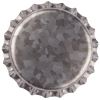 Kroonkurken 26mm TFS-PVC Free, Zinc opaque col. 20633 (10000/box)
Toevoegen aan kar
Kroonkurken 26mm TFS-PVC Free, Zinc opaque col. 20633 (10000/box)
Toevoegen aan kar
-
 Kegcaps 64 mm, Red 150 Sankey S-type (EU) (1000/box)
Toevoegen aan kar
Kegcaps 64 mm, Red 150 Sankey S-type (EU) (1000/box)
Toevoegen aan kar
Bier Recepten
Woordenlijst
An ion that lowers mash and wort pH but also implants a clinging "bite" to the finished beer.
A bottle, 1.5 liters in capacity.
A browning reaction caused by external heat wherein a sugar (glucose) and an amino acid form a complex, and this product has a role in various subsequent reactions that yield pigments and melanoidins.
Another name for corn.
A legal term in the U.S. for fermented beverages with alcohol that is higher than normal - or around 7-8%.
The basis of beer. Malted barley is created by germinating (sprouting) barley for optimum starch content and enzyme development, then drying it quickly. This provides starches that convert to sugars, which then ferment into alcohol and CO2.
A roller mill designed for home brewing use, manufactured by Schmidling Productions. Possibly the most popular roller mill among homebrewers. This mill's distinguishing features are the lifetime unconditional warranty, and higher throughput than the Phillmill. The fixed gap model gives a good crush on all commonly used brewing malts. The adjustable model uses a somewhat unorthodox, non-parallel roller adjustment mechanism; some call this a "bug", others call it a "feature". FWIW, I own one of these (the non-adjustable model), and I'm quite satisfied with it.
Unfermentable carbohydrates which add body and head retention to beer.
An unfermentable polysaccharide or dextrin consisting of four molecules of glucose derived from mashing.
A sugar molecule made of three glucoses joined by 1-4 carbon bonds.
A manufacturer of malt. Malting was a trade in its own right, and maltsters generally independent from either the farmers who produced the barley or the brewers who consumed the malt, though some of the larger breweries conducted their own malting operations, especially from the nineteenth century onwards [Mathias (1959) 455-474]. Technically the term "maltster" is feminine (cf brewster), malting having traditionally been the work of women; by the period in question, however, the enterprise was male-dominated and the term applied largely to men.
An ion important in trace amounts for proper enzyme action in the mash. Large quantities impart a metallic taste to beer.
A device used at the bottom of a lauter tun, to strain the wort from the grain. Manifolds are commonly constructed from pieces of metal or plastic tubing, connected in a flat ring or "H" shape, into which holes or slots have been cut. The tubing is attached to a fitting which passes through the wall of the lauter tun, to allow the wort to be drawn off. Manifolds can also be constructed using pieces of welded tubular metal screen. See also false bottom.
A bottle, 2.25 liters in capacity.
A type of British 2-row malt, prized for its plump kernels and refined flavor. Since Maris Otter does not yield as well as other, newer strains, it is not grown in great quantities; this tends to make it significantly more expensive than "normal" 2-row malt.
The porridge-like blend of water and grist at the beginning of the brewing process that releases sugars for brewing.
The initial stage of mashing when the grain and water are first mixed.
verb : to initially mix the grain and water
verb : to initially mix the grain and water
At the end of the final saccharification rest, raising the mash to 165-168F and holding for 10 minutes to denature (kill) the enzymes, and thereby fix the exact composition of the wort. This process improves extraction efficiency.
The temperature schedule for rests are used to activating desired enzymes in mashing. Examples are mash in, acid rest, protein rest, saccharification rest and mash out.
Mead is produced by the fermentation of honey, water, yeast and optional ingredients such as fruit, herbs, and/or spices.
A chewy characteristic of the grain, which is attained only when malt is fully modified. Maltsters use the bite test as means to test malt for full modification. If the grain is mealy, it is considered to be fully modified.
Author of Sensory Evaluation Techniques and creator of the Beer Flavor Wheel.
A mead made with fruit juice.
Also known as wood alcohol, methanol is poisonous and cannot be produced in any significant quantity in the beer making process.
A mead made with added spices or herbs.
A bottle, 6 liters in capacity, typically used for sparkling wine.
0.001 millimeter.
Microscopic forms of life such as bacteria, yeast and molds.
British malts kilned at high temperatures that produce beers of golden and amber colors. Used specifically in the production of mild ales.
See Sweet Stout.
A periodically recurring phenomenon on various online brewing forums (e.g. rec.crafts.brewing, Home Brew Digest), which has been ocurring with some regularity for a number of years. Mill wars are typically touched off by someone asking for advice on which grain mill to buy, and are characterized by much bickering amongst a number of highly opinionated homebrewers (and not infrequently one or more of the mill manufacturers themselves), regarding which roller mill is "best". See also Maltmill; Philmill; and Valley Mill.
Cracking the shell of malted grains to expose the starches inside to hot water during the mashing process.
Measurement of chemicals or minerals expressed relative to actual numbers of molecules rather than weight. This allows calculations of equivalent amounts involved in reactions, which can then be converted back to actual weight.
An inclusive term for the degree of degradation and simplification of the endosperm and the carbohydrates, proteins, and lipids that comprise it.
Gram-molecular weight. The sum of the atomic weights of all the atoms of any molecule, in grams.
Any beer that is produced at a monastery.
A sugar consisting of a single ring-shaped molecule. Glucose and fructose are examples of monosaccharides. Multiple monosaccharide molecules can be linked together in chains, to form disaccharides, trisaccharides, and polysaccharides.
The way a beer feels on the palate, such as viscose, thin, light, soft.
Undesired 'skunky' compound found in lightstruck Beer. Detectable in very low concentrations. 3-methyl-2-butene-1-thiol is also known as MTB.
The only beer glass with a handle. Typically very heavy and sturdy. They can have different textures and come in different sizes.
Literally, "Munich" in German. A dark, spicy lager.
A substance that induces mutations.
A cell that manifests new characteristics due to a change in its DNA.
A sudden random change in the genetic material of a cell.
The mass of interwoven filaments of a fungus forming the vegetative portion of the thallus.





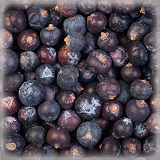
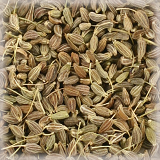
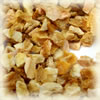
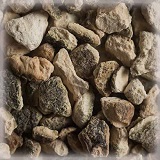
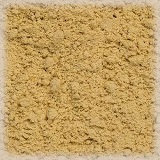
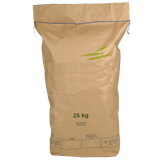
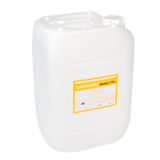
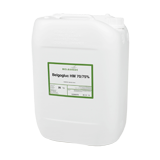
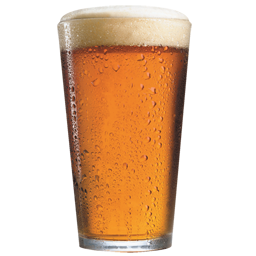
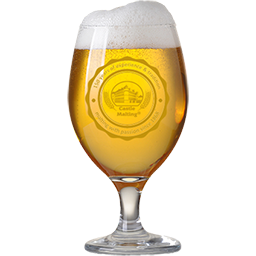
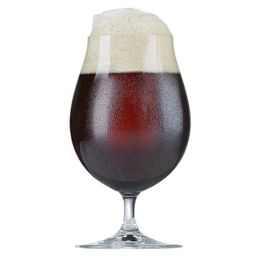
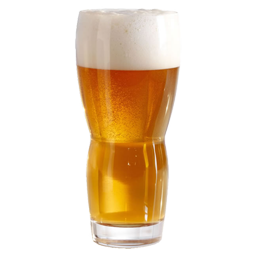
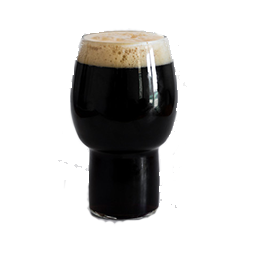
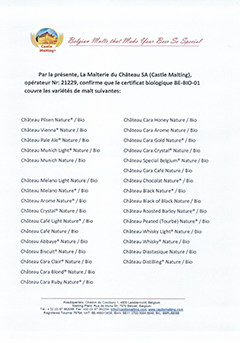 Liste produits BIO - Malterie du Château
Liste produits BIO - Malterie du Château
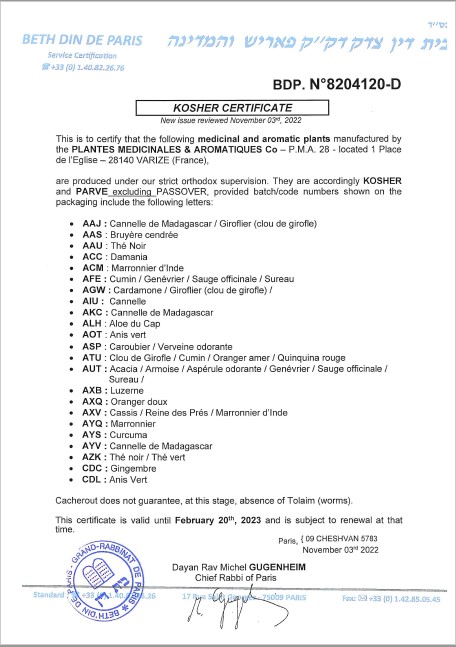 Fagron Spices, Kosher Certificate 2023
Fagron Spices, Kosher Certificate 2023
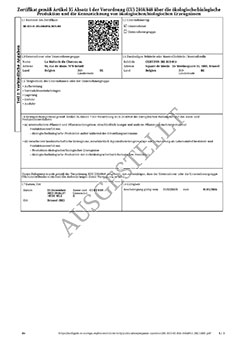 Bio-Zertifikat DE - Dezember 2023-März 2026
Bio-Zertifikat DE - Dezember 2023-März 2026
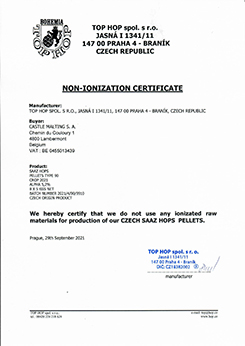 Top Hop - Non Ionization Certificate 2021
Top Hop - Non Ionization Certificate 2021
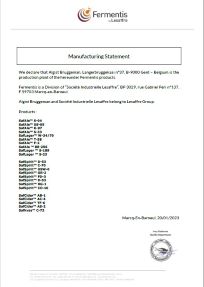 Fermentis Yeast Manufacturing Statement 2023
Fermentis Yeast Manufacturing Statement 2023



